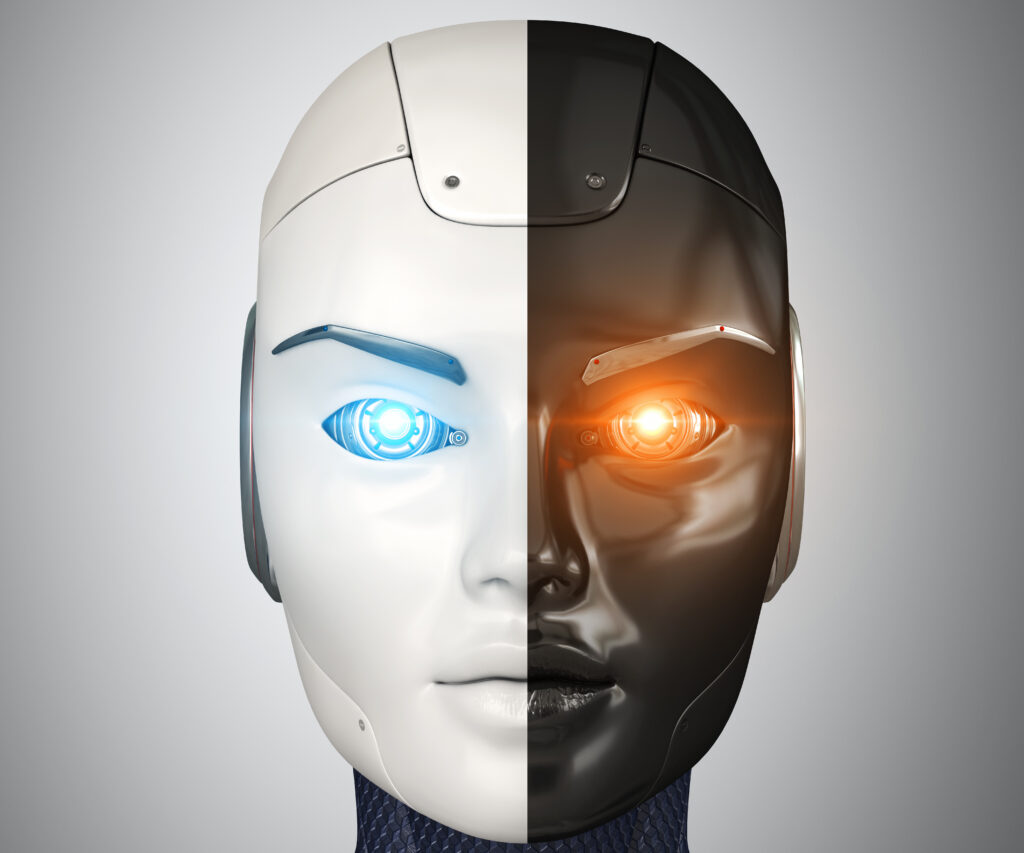The integration of machine learning in AI development is rapidly transforming the business landscape. As a business owner, understanding how machine learning works is crucial for making informed decisions and staying competitive. Whether your company is big or small, leveraging machine learning can give you a significant edge.
This blog post is designed to help business owners like you understand what machine learning is and how it fits into AI development. We’ll break down the basics and show you how it can benefit your business.
By the end of this post, you’ll know what machine learning is, the different types of machine learning, how it’s developed, and the ways it can be used in real-world business applications. Let’s get started!
Topic Breakdown
What is Machine Learning?
Machine learning (ML) is a type of AI that allows computers to learn from data without being explicitly programmed. Think of it as teaching a computer to recognise patterns and make decisions based on the information it’s given.
Key Concepts:
- Algorithms: These are the sets of rules or instructions that the computer follows to solve problems or perform tasks.
- Models: A model is what the computer creates after it learns from the data. It’s like a formula that the computer uses to make decisions.
- Data Training: Just like people learn by practicing, computers learn by being trained with data. The more data they’re given, the better they get at making decisions.
Relevance to AI Development:
Machine learning is a crucial part of AI because it helps computers improve over time. In AI development, machine learning is used to build systems that can think, learn, and adapt without needing constant human intervention.
Types of Machine Learning
Supervised Learning
- Definition:
Supervised learning is when the computer is taught using examples that are labeled. For instance, if you want the computer to recognise spam emails, you would show it many examples of both spam and non-spam emails, and it would learn to tell the difference. - Business Applications:
This type of learning is often used in customer service to automatically sort emails or in finance to predict stock prices.
Unsupervised Learning
- Definition:
Unsupervised learning is different because the computer is given data that isn’t labeled. It has to figure out the patterns on its own. For example, it might group customers together based on their buying habits, even if you didn’t tell it what to look for. - Business Applications:
Businesses use this for things like market research, where it can find trends that people might not notice on their own.
Reinforcement Learning
- Definition:
Reinforcement learning is like teaching a computer through trial and error. The computer tries different actions and learns from the results, like a video game that gets better the more you play it. For example, recommendation systems like those on Netflix or Amazon use reinforcement learning to suggest shows or products you might like. - Business Applications:
This type of learning helps businesses improve decision-making processes, like optimizing supply chains or personalising customer experiences.

The ML Development Process
Data Collection and Preparation
- Importance of Data:
Data is the foundation of machine learning. Without good data, the computer won’t be able to learn effectively. It’s important to gather accurate and relevant data that reflects what you want the computer to learn. - Steps Involved:
The process starts with collecting data, then cleaning it to remove errors, and finally organising it so that the computer can use it to learn.
Model Development and Training
- Algorithm Selection:
Choosing the right algorithm is like picking the right tool for a job. Depending on what you want to achieve, you’ll select an algorithm that can best solve the problem. - Training Models:
Once you have your data and algorithm, you train the model by feeding it the data. This is where the computer starts to learn and make decisions. The more data you use, the better the model becomes.
Evaluation and Optimisation
- Model Evaluation:
After training, it’s important to check how well the model is performing. This is done by testing it with new data and seeing if it makes accurate predictions or decisions. - Optimisation Techniques:
If the model isn’t performing as well as you’d like, you can tweak it—this process is called optimisation. It’s like fine-tuning a car engine to get the best performance.
Deployment and Integration
- Deploying ML Models:
Once the model is ready, it’s deployed, which means it’s put into action in real-world scenarios. This might involve integrating it into software or using it to automate a process. - Integration with Business Systems:
The model needs to work well with your existing business systems, like your CRM or inventory management. This ensures that everything runs smoothly and you get the most out of your machine learning investment.
Real-World Applications of ML in Business
Predictive Analytics
- Description:
Predictive analytics uses machine learning to look at historical data and predict future outcomes. This can be anything from predicting sales trends to forecasting customer demand. - Examples:
For example, a retail business might use predictive analytics to determine which products will be popular in the upcoming season.
Personalisation and Customer Experience
- Description:
Machine learning helps businesses personalise their interactions with customers. It can analyze customer data to suggest products they might like or customise their online experience. - Examples:
Online stores use machine learning to recommend products based on what customers have previously bought or viewed.

Automation of Routine Tasks
- Description:
Machine learning can take over repetitive tasks, freeing up time for employees to focus on more complex work. This could include sorting emails, processing invoices, or managing inventory. - Examples:
For instance, an AI-powered system might automatically respond to common customer service questions, saving time for your support team.
Risk Management
- Description:
Machine learning is also used to identify and manage risks. It can analyze patterns that might indicate fraud or assess credit risk by evaluating a customer’s financial history. - Examples:
Banks use machine learning to detect unusual transactions that could be fraudulent, protecting both the bank and its customers.
Challenges and Considerations in ML Development
Data Privacy and Security
- Discussion:
When using machine learning, it’s important to protect the data you’re working with. This means keeping customer information secure and making sure you’re following privacy laws. - Implications for Business:
Businesses need to be careful about how they collect, store, and use data. Ensuring data privacy builds trust with customers and keeps you compliant with regulations.
Bias and Fairness
- Discussion:
Machine learning models can sometimes develop biases based on the data they’re trained on. This can lead to unfair outcomes, like favoring one group of people over another. - Strategies:
To avoid bias, it’s important to use diverse and representative data and to regularly check your models for fairness. This ensures that your AI systems are ethical and unbiased.
Cost and Resource Allocation
- Discussion:
Developing and maintaining machine learning models can be expensive. It requires not only financial investment but also time and expertise. - Considerations:
Businesses should carefully plan their budget and resources, considering the long-term benefits of machine learning against the initial costs.

The Future of Machine Learning in AI Development
Emerging Trends
- Discussion:
Machine learning is constantly evolving, with new trends emerging all the time. Some of these include explainable AI (which makes AI decisions easier to understand) and edge computing (which allows AI to run on smaller, local devices). - Implications for Business:
Staying on top of these trends can help your business take advantage of the latest technology and stay competitive in the market.
Long-Term Impact
- Discussion:
Over time, machine learning is likely to transform many industries. It will change how businesses operate, make decisions, and interact with customers. - Considerations:
By understanding these changes and preparing for them now, your business can stay ahead of the curve and continue to thrive in a tech-driven world.
Conclusion
Machine learning is a powerful tool that can help businesses make better decisions, automate tasks, and improve customer experiences. By understanding the basics of how it works and how it can be applied, you can start exploring how machine learning can benefit your business.
Machine learning is no longer just a buzzword—it’s a practical tool that can drive real results for businesses of all sizes. Now is the time to explore how it can help you stay ahead in a competitive market. The future of business is here, and it’s powered by AI and machine learning!
Interested in machine learning in AI for your business?